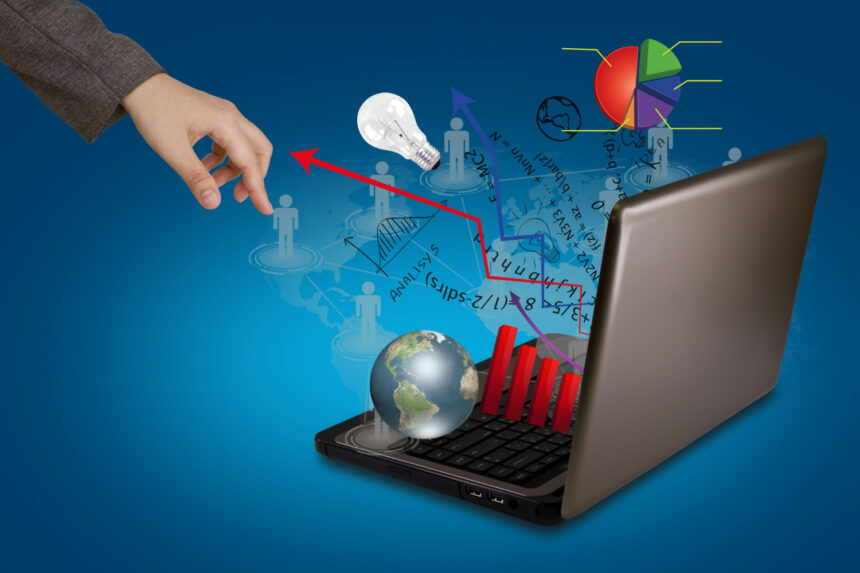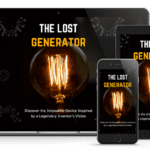Digital marketing is changing every day. Businesses now rely on online tools to reach potential customers. Because of fierce competition, knowing how to get the most from your e-marketing efforts is vital. If you want your marketing to bring in good results without wasting money, you need proven strategies. This article shares the best-kept secrets and practical tips to help you boost your return on investment (ROI). Stay ahead of your rivals by learning how to make every dollar work harder.
Understanding the Fundamentals of E-Marketing ROI
What Is E-Marketing ROI?
ROI in e-marketing shows how much profit you make from your marketing campaigns compared to what you spend. It’s a simple way to see if your efforts are paying off. If your ROI is high, your marketing is working well; if it’s low, you need to change your approach. Measuring ROI means tracking sales, leads, and engagement that come directly from your online activities.
The Impact of Data-Driven Strategies
The key to better ROI is using data wisely. Analytics tools can show which campaigns bring results and which don’t. For example, analyzing website traffic helps identify what’s working. Case studies reveal companies that use customer data can target their ads more effectively. When data guides your decisions, your marketing becomes smarter and more profitable.
Common Challenges in Achieving High ROI
Many struggle with budget limits and tracking reasons for success or failure. Knowing which channels deliver the best results can be tricky. Plus, attributing conversions correctly is a challenge. Without clear data, it’s hard to improve your results or cut waste.
Building a High-Impact Digital Marketing Strategy
Setting Clear, Measurable Goals
Start with goals that are specific, measurable, achievable, relevant, and time-bound — the SMART way. Instead of “getting more sales,” aim for “boost online sales by 20% in three months.” Align your goals with broader business plans so every effort counts.
Identifying and Targeting the Right Audience
Use market segmentation to break your audience into groups based on interests, location, or buying habits. Creating customer personas makes campaigns more personal. When you target the right people, your marketing becomes more relevant and effective.
Selecting the Most Effective Channels
Not every channel suits your goals. SEO and content marketing help attract organic traffic. Paid ads, like Google Ads or Facebook, can bring quick results. Email marketing nurtures existing customers. Pick the channels where your target audience spends most time and match them to what you want to achieve.
Optimizing Content for Maximum Engagement and Conversion
Creating Persuasive, SEO-Optimized Content
Research keywords your audience searches for and place them naturally in your content. Use blogs, videos, or infographics to attract interest. Well-optimized content helps your site rank higher and keeps visitors reading longer.
Personalization and Customer Journey Mapping
Collect data to tailor content at each step in the buying path. For someone just browsing, offer helpful info. For ready-to-buy customers, show special offers. Personalized content makes customers feel understood and more likely to convert.
A/B Testing and Continuous Improvement
Try different headlines, layouts, or calls to action. Set up A/B tests and check which versions perform better. Use results to improve your content and increase conversions over time.
Leveraging Advanced Tools and Technologies
Marketing Automation Platforms
Automation tools save time and boost personalization. They send emails, schedule social media, and score leads automatically. Platforms like HubSpot or Marketo help deliver targeted messages without extra effort.
Data Analytics and Performance Monitoring
Use dashboards to see how campaigns perform in real time. Focus on key metrics such as click-through rates, conversion rates, and bounce rates. Make quick fixes based on what data shows.
Incorporating AI and Machine Learning
Artificial intelligence predicts customer needs and segmentations better. Chatbots offer instant support and answer common questions. These tools improve user experience and increase sales.
Maximizing ROI Through Paid Advertising
Effective PPC Campaign Strategies
Choose the right keywords and set bids smartly. Create landing pages aligned with ads to boost conversions. Test different ad copies to see what attracts more clicks.
Retargeting and Remarketing Tactics
Re-engage visitors who left your site without buying. Show them tailored ads as they browse other sites. Many businesses see a big boost in sales from retargeting campaigns.
Budget Allocation and Bid Optimization
Spread your ad budget across channels wisely. Use tools that automatically adjust bids to get the best results. This way, you maximize your ad spend efficiency.
Measuring Success and Adjusting Strategies
Tracking Key Metrics
Keep an eye on conversion rates, Customer Acquisition Cost (CAC), and Customer Lifetime Value (CLV). Use tools like Google Analytics to track these figures accurately.
Analyzing Campaign Performance
Review reports to see which campaigns reach your goals. Find out which channels drive the most revenue. Stop or improve campaigns that underperform.
Adaptive Strategies for Continuous ROI Improvement
Test new ideas, analyze results, and tweak your campaigns regularly. Stay updated on platform changes and marketing trends. Continuous learning keeps your ROI climbing.
Conclusion
Mastering e-marketing for maximum ROI is about more than just throwing money at ads. It requires clear goals, smart audience targeting, high-quality content, and continuous optimization. Data-driven decisions and new technologies can make your efforts more effective. Remember: always review your results, learn from insights, and adjust your strategies. Staying flexible keeps you ahead in a competitive digital world. Implement these secrets today and watch your marketing results soar.









